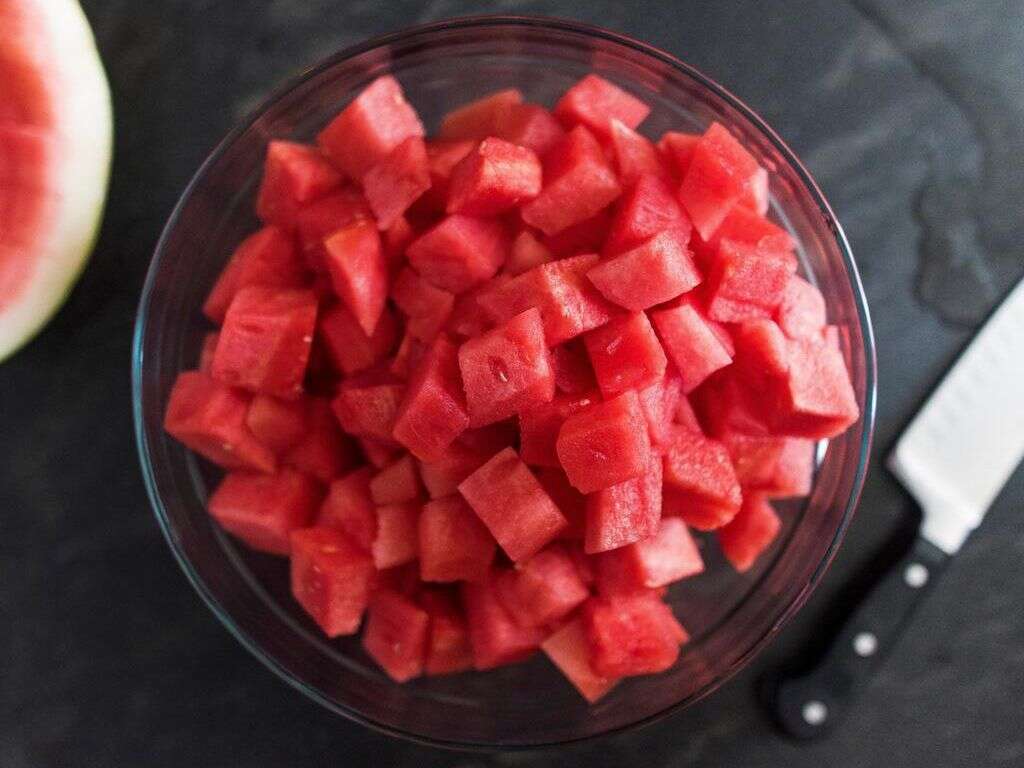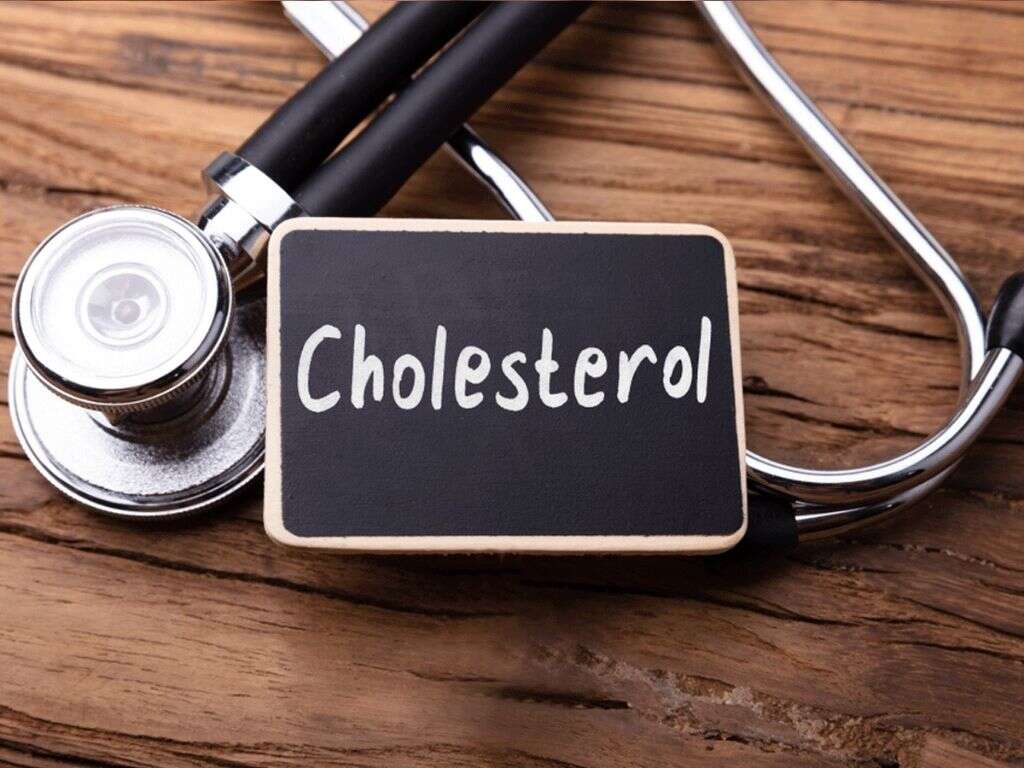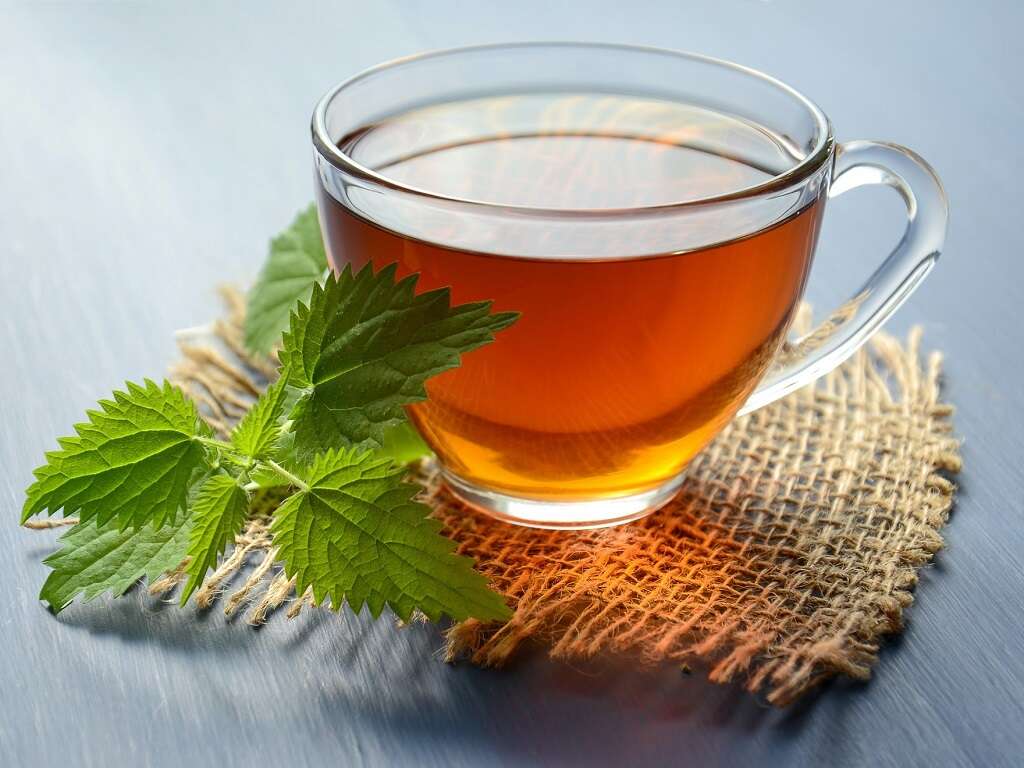What Is the FODMAP Diet?
FODMAP is an acronym for Fermentable Oligosaccharides, Disaccharides, Monosaccharides, and Polyols. These are different types of short-chained carbohydrates, which are not readily absorbed in the small intestines. Because of their poor absorption (which is completely normal), foods that are high in FODMAPs sit in the digestive system as they await excretion. These foods reach the colon, where the gut bacteria use them for fuel and produce hydrogen gas. Also, since they are carbohydrates, FODMAPs can draw liquid into the lumen of the intestine causing diarrhea. In people with FODMAP sensitivities (i.e. IBS), this can cause digestive tract issues like diarrhea, constipation, gas, cramping, and bloating.
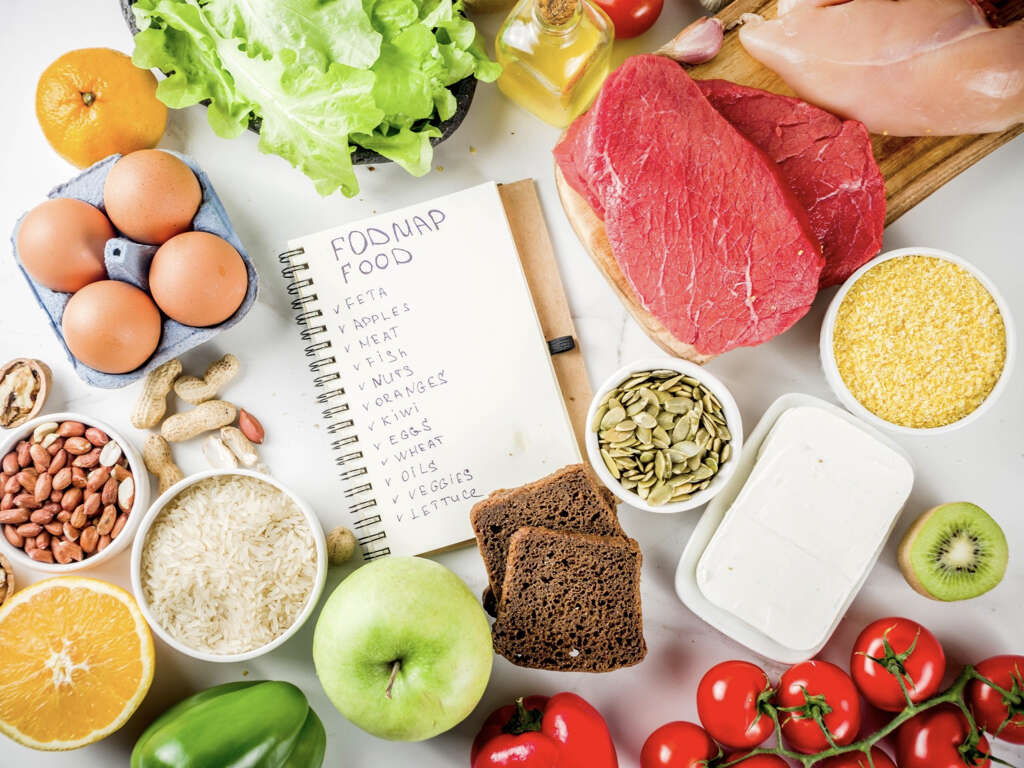
1. What Is the FODMAP Diet?
The FODMAP diet consists of a selection of food items within a diet that aim to reduce the negative effects associated with poorly digested carbohydrates, otherwise called high FODMAP foods. This selection of foods includes food items that are low in the indigestible components, also known as low FODMAP foods. A low FODMAPs diet is indicated for people with specific digestive conditions, who can benefit from a reduction of symptoms caused by high FODMAP foods.

2. High FODMAP food groups
There are four types of poorly absorbed short-chain carbohydrates. According to their nature, four types of high FODMAP food groups are used in the low FODMAP diet. The first group is foods that are high in oligosaccharides, which are molecules that contain 3 to 10 linked simple sugars or monosaccharide units. Two important types of oligosaccharides are fructans (the simple sugar involved is fructose) and galactooligosaccharides or GOS (the simple sugars involved are galactose). Another high FODMAP food group is made up of disaccharides, which are sugars formed by two simple sugars.
Foods containing a disaccharide known as lactose (i.e. cow milk), are classified as high FODMAP. Also, monosaccharides (fructose), make up another FODMAP food group. They are the simplest form of sugar and the most basic unit of carbohydrates. Finally, polyols make up the last group of high FODMAP foods. They are natural sugar alcohols found in several fruits and vegetables. However, they can also be added to commercial products (i.e. xylitol) as sweeteners (i.e. chewing gums, sugar-free products for diabetics).
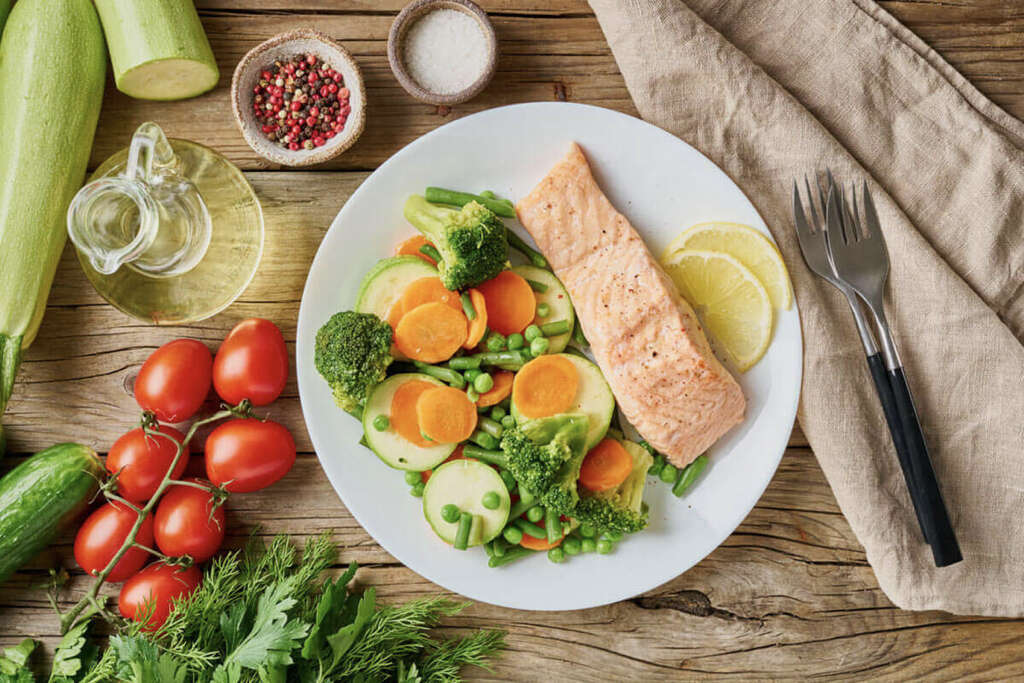
3. Examples of High FODMAP Foods
The list of high FODMAP foods is fairly extensive. Examples of foods that are high in oligosaccharides (fructans and GOS) are wheat, rye, garlic, onions, and legumes. Moreover, another high FODMAP group is disaccharides like lactose, which are found in dairy products (milk, soft cheeses, and yogurts).
Also, monosaccharides like fructose can be found in high fructose syrups, honey, apples, etc. Finally, polyols can be found in certain fruits (apricots, blackberries, apples, etc.), vegetables (mushrooms, cauliflower, green pepper, etc.) and artificial sweeteners (sorbitol, mannitol, xylitol, isomalt, and maltitol).
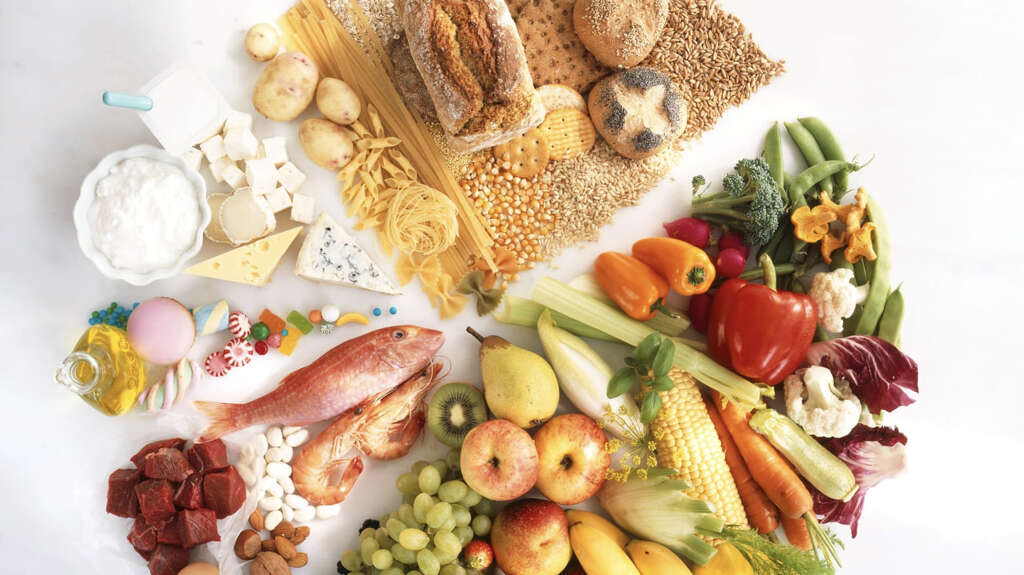
4. How does the low FODMAP diet work?
As you may have noticed, the low FODMAP diet is an elimination diet. As such, it has three steps. First, the patient must substitute high FODMAP foods for low FODMAP alternatives for a period of two to six weeks. This will reduce the patient’s symptoms and can help regulate intestinal flora. Next, over eight to twelve weeks, the patient must slowly reintroduce one FODMAP group at a time (one food at a time) over three days, while continuing on their low FODMAP diet. Moreover, in this phase, the patient must increase the serving size of said foods each day and monitor tolerance. This elimination process is known as “FODMAP challenges”, and their goal is to identify which FODMAPs trigger symptoms.
Finally, once the patient has identified the high FODMAP foods that trigger their symptoms and the ones they do tolerate (this can vary according to serving size), they can avoid or limit certain high FODMAP foods long-term while enjoying others worry-free.
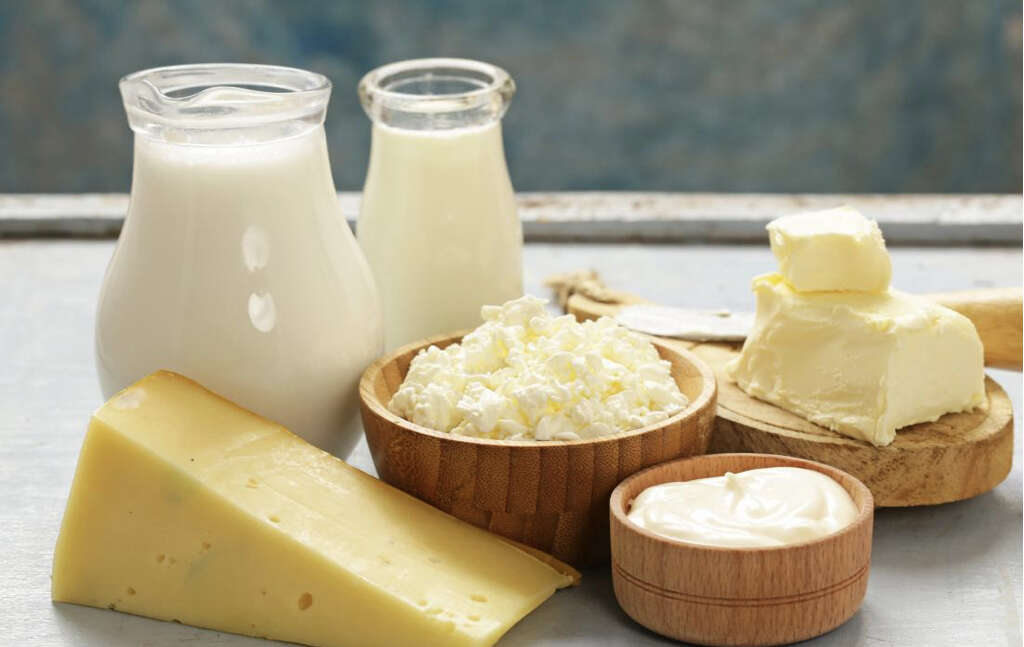
5. Benefits of High FODMAP Foods
High FODMAP foods are not always bad. Not to everyone anyway. In fact, fiber, which is part of the high FODMAP group, is indicated for improved bowel movement because it sweeps the alimentary canal and prevents constipation.
It also serves as food for beneficial bacteria within the digestive system and, by extension, improves the amounts of these good bacteria. This is positive for those without FODMAP sensitivities.
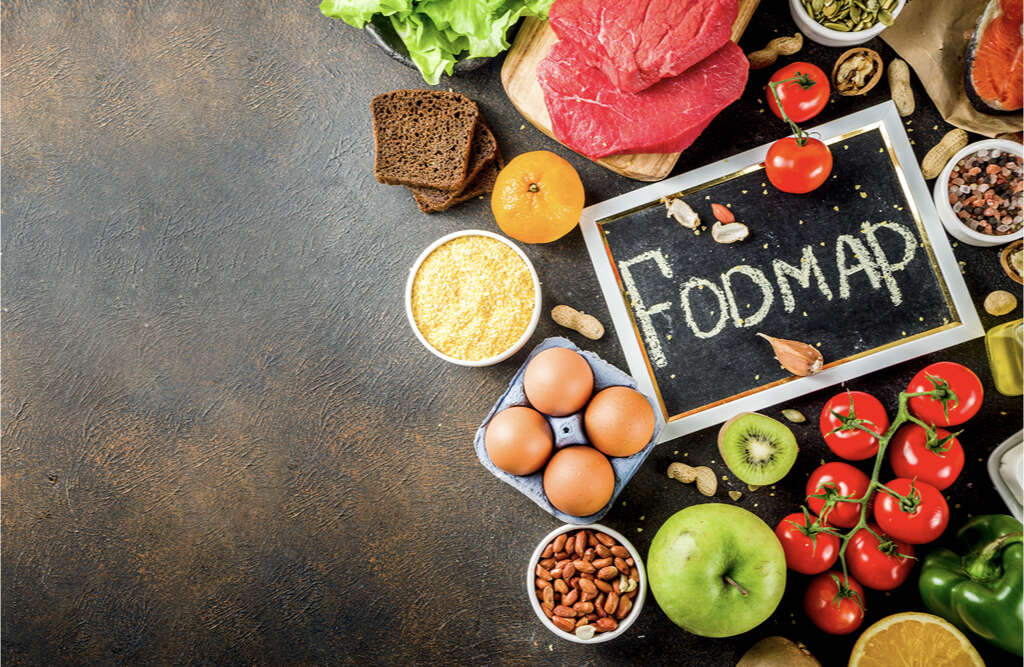
6. Professional supervision
Firstly, if you are experiencing digestive problems, before starting any new diet consult your doctor to rule out other conditions where a FODMAP diet might not be ideal (i.e. celiac disease, food allergies or intolerances). If you are prescribed the FODMAP diet, a professional will assist you with the reintroduction phase by helping you develop an eating plan that meets your nutritional needs.
Over-restriction of foods can be harmful for any individual. Cutting too many vegetables, dairy foods or fruits from the diet can lead to deficiencies in fiber, calcium, proteins and vitamins (A, C and D). Thus, the importance of working with a registered dietitian nutritionist. Remember that this is a highly individualized therapy that is not designed to cure symptoms, but it will help you manage them.
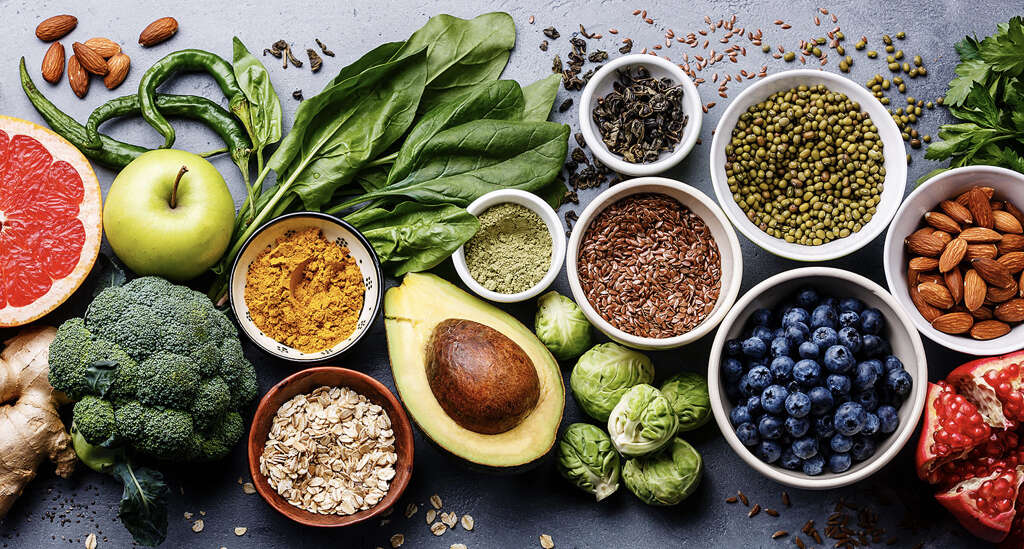
7. Who benefits from a FODMAP diet?
The FODMAP diet is designed for people who suffer from diagnosed irritable bowel syndrome (IBS). However, other conditions like Inflammatory bowel disease (IBD) and small intestinal bacterial overgrowth (SIBO), may also benefit from this diet.
If you have gastrointestinal symptoms and you have not been diagnosed by a medical professional, you should not be following the FODMAP diet. Irritable bowel syndrome is a lifelong condition that causes digestive symptoms. These can come and go (lasting for weeks or months at a time), and can manifest as stomach cramps, bloating, diarrhea, and/or constipation. IBS has no cure; however, management of the condition consists primarily of dietary measures and psychological support. Several dietary measures (i.e. high water intake, caffeine avoidance, high fiber diets), including the FODMAP diet, have been proposed to manage symptoms. However, treatment and management for IBS must be individualized, since no single approach works for everyone.
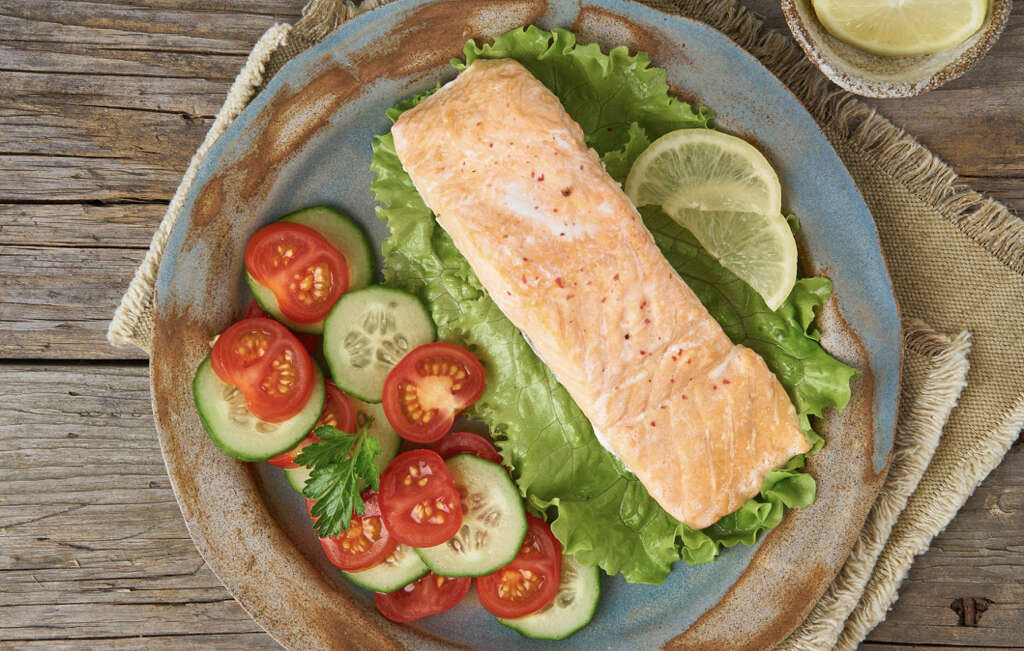
8. Examples of Low FODMAP Foods
Vegetables like beansprouts, carrots, eggplant, bok choy, potato, lettuce, cucumbers, chives, olives, ginger, turnips, bell peppers, collard greens, kale, fennel, parsley, common cabbage, zucchini, swiss chard, squash, yams, sweet potatoes, and spring onions.
Fruits like strawberries, blueberries, oranges, limes, lemons, bananas, avocado, kiwi, papaya, plantain, pineapples, raspberries, and cantaloupe. Grains like oats, rice, quinoa, corn, and gluten-free pasta. Dairy, and dairy alternatives, like lactose-free milk, hard cheese, lactose-free yogurt, almond milk, and coconut milk. Nuts, and seeds like peanuts, walnuts, almonds, macadamia, and pine nuts. Sweeteners like glucose, brown sugar, powdered sugar, maple syrup, and sucrose. Protein foods like chicken, eggs, beef, fish, turkey, tofu, lamb, and pork. All fats and oils.

9. The Research
The FODMAP diet was designed by researchers at Monash University (Australia). They state that the benefits of this diet for patients with IBS include reduction of pain, discomfort, bloating, and distension and the improvement of bowel habits. According to their studies, the benefits are usually observed within two to six weeks.
However, 1 out of 4 patients with IBS finds that their symptoms do not improve on the FODMAP diet. Other studies have found that a low FODMAP diet can decrease abdominal pain frequency in childhood IBS, and reduce total bacterial count and gas production in the colon. Gut microbiome biomarkers have also been used to identify which patients are more likely to respond to the FODMAP diet.

10. Other dietary measures
As you might have guessed, the FODMAP diet is not the easiest diet to follow. What’s more, even when you’re sticking to eating all the right things, there are hidden gut “irritants” that can make your irritable bowel syndrome symptoms worse. Remember that the FODMAP diet is only designed to decrease the effects of high FODMAP foods in people with IBS.
However, certain foods may also trigger symptoms, regardless of their FODMAP content. For example, caffeine and alcohol are known gut irritants and should be avoided in people with IBS. High fat and low- fiber diets can also contribute to exacerbations. Remember to consult with a professional for individualized treatment.





